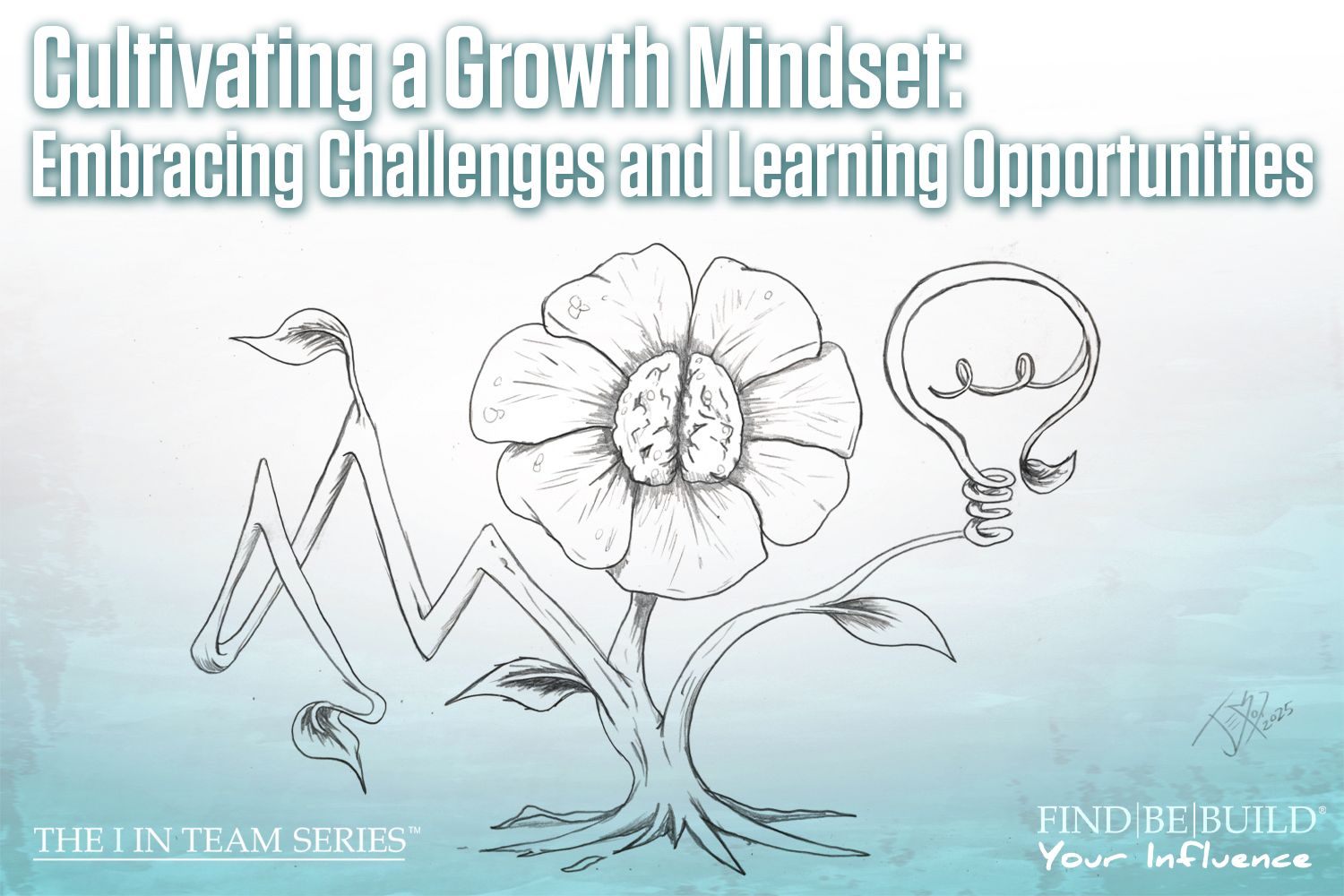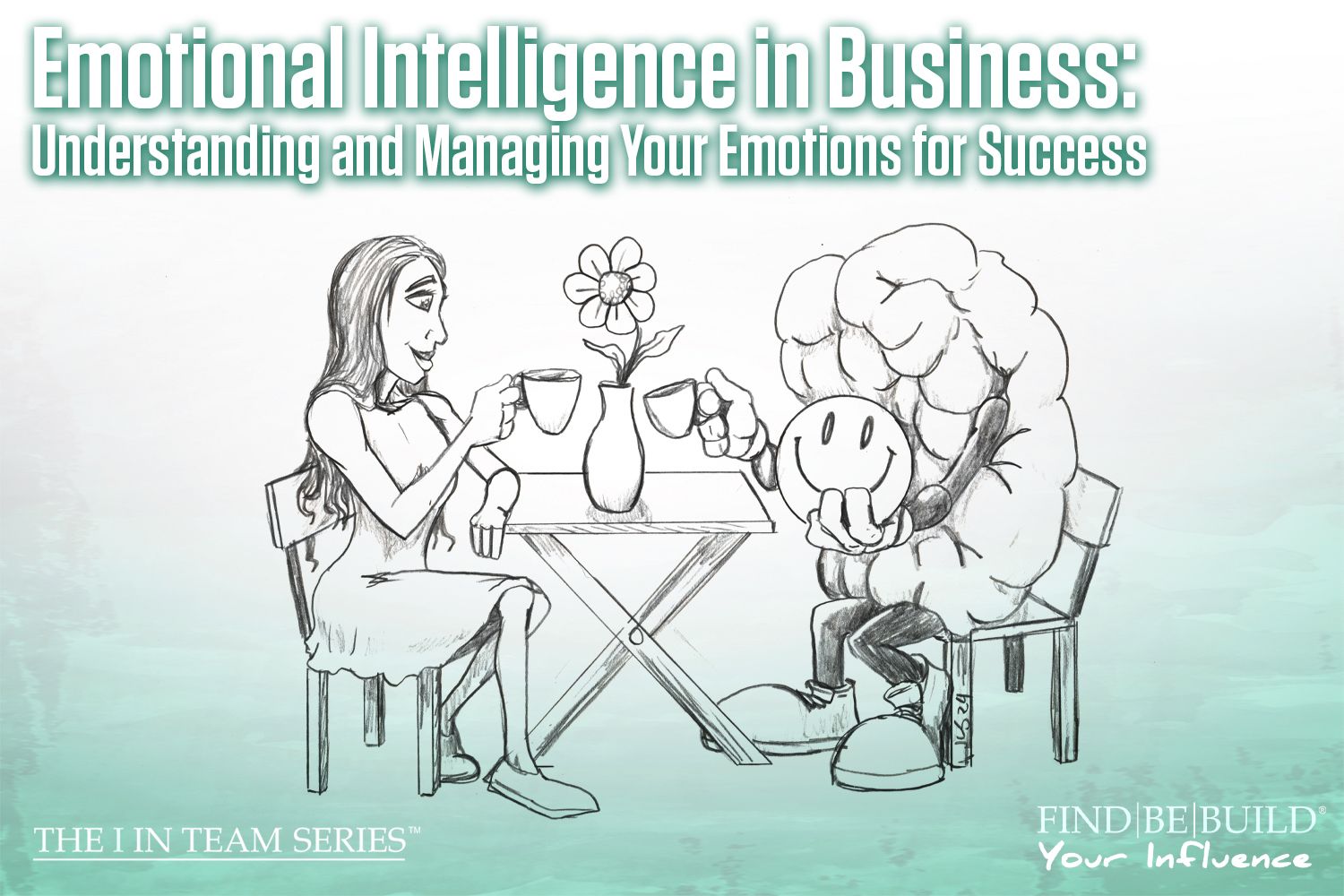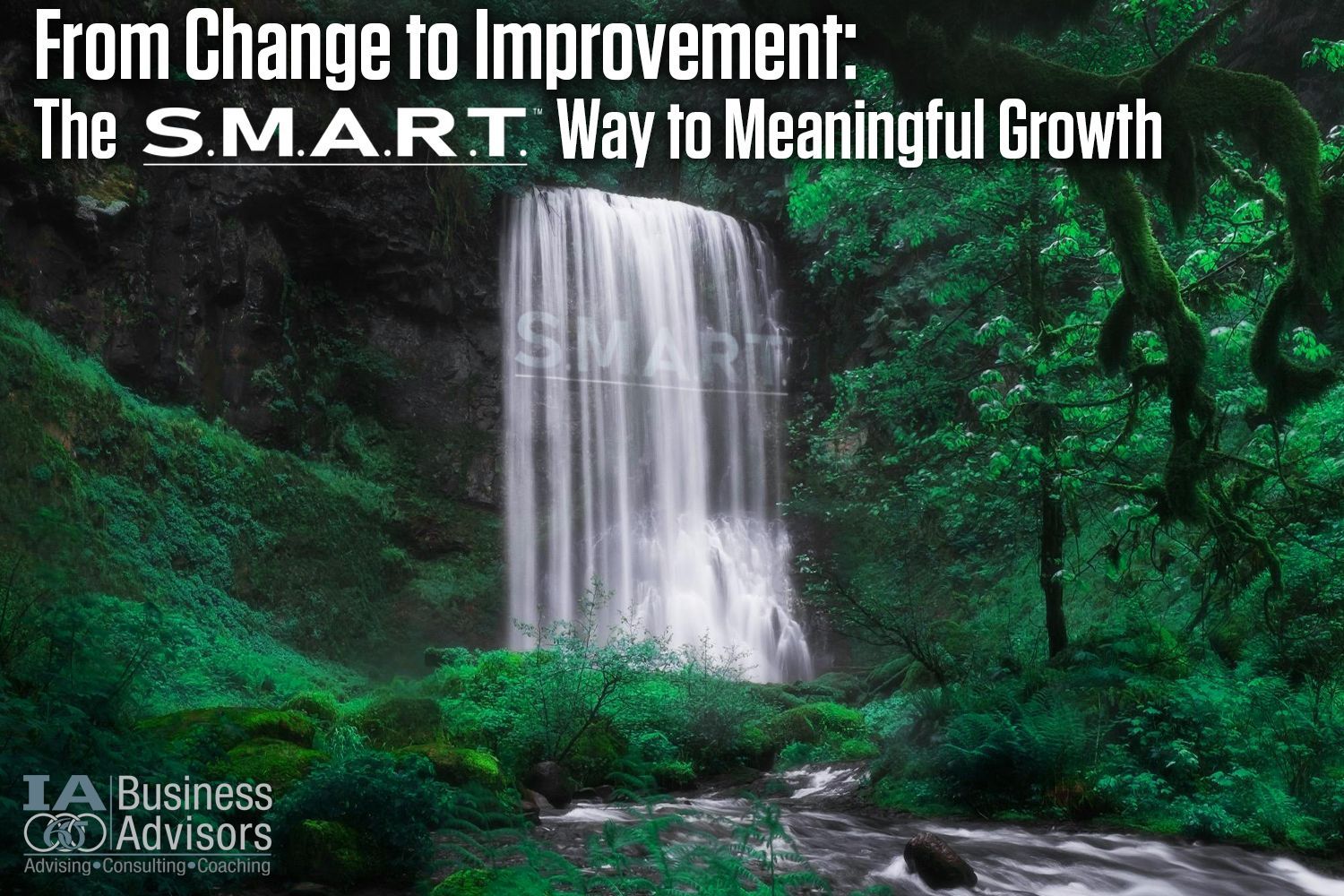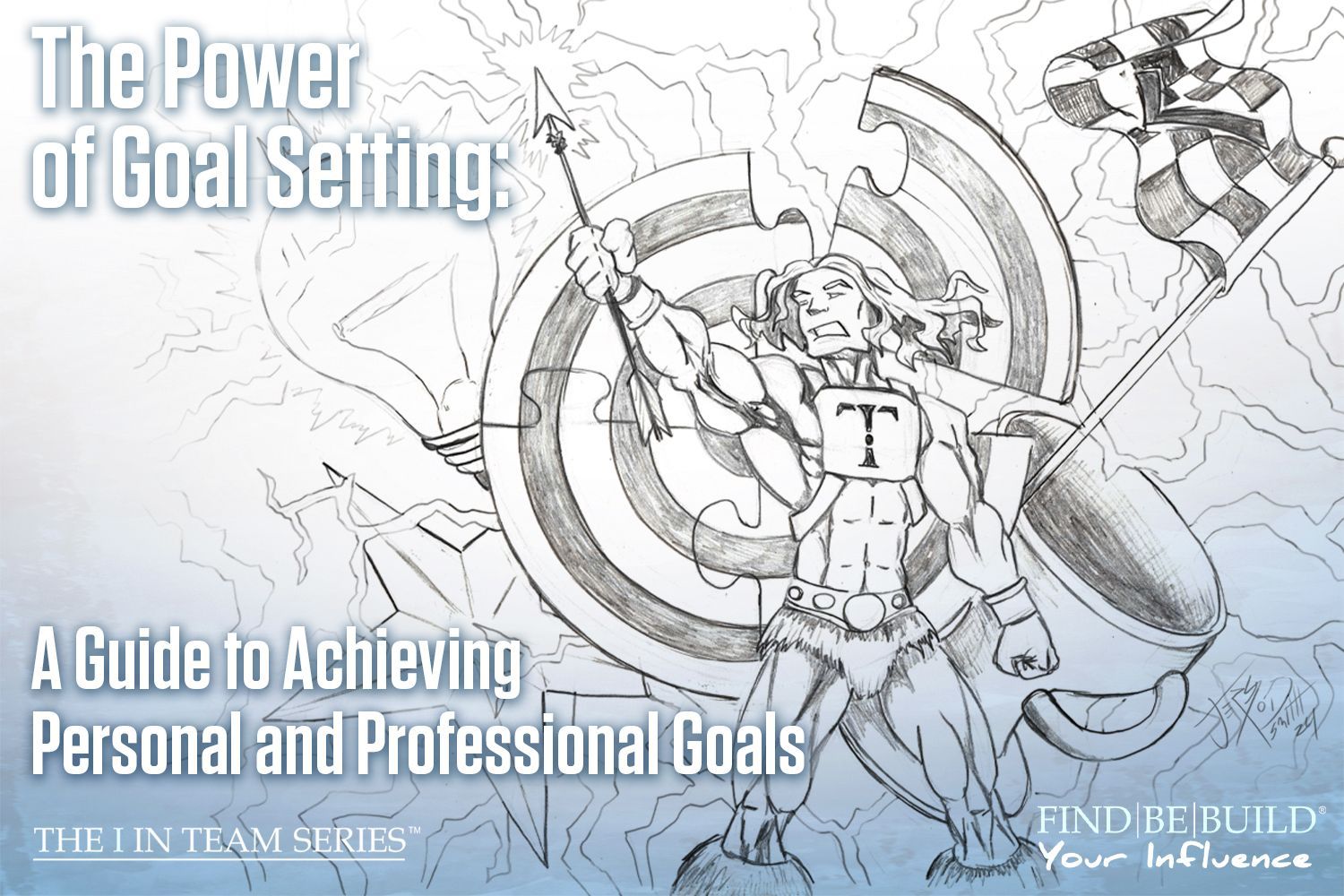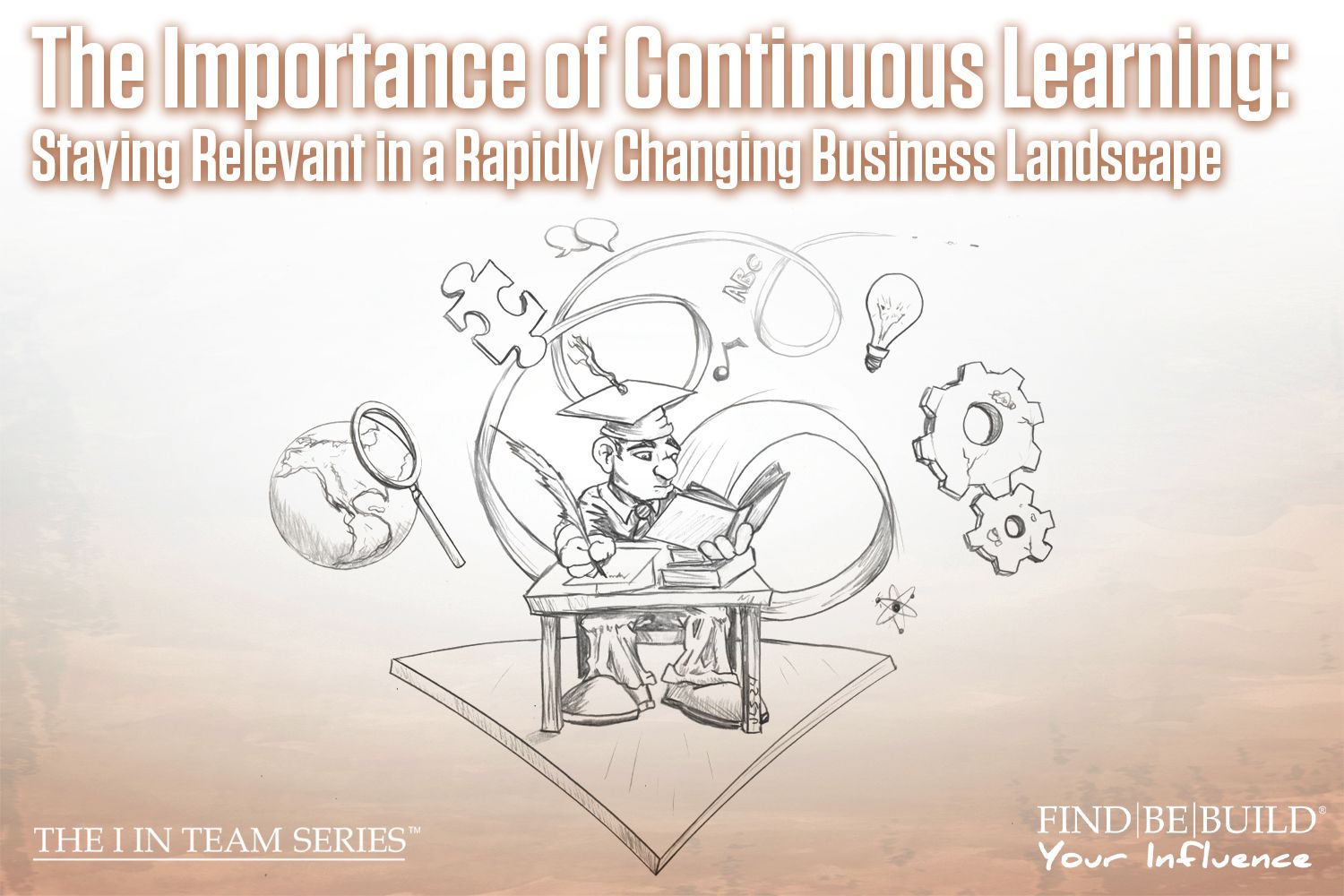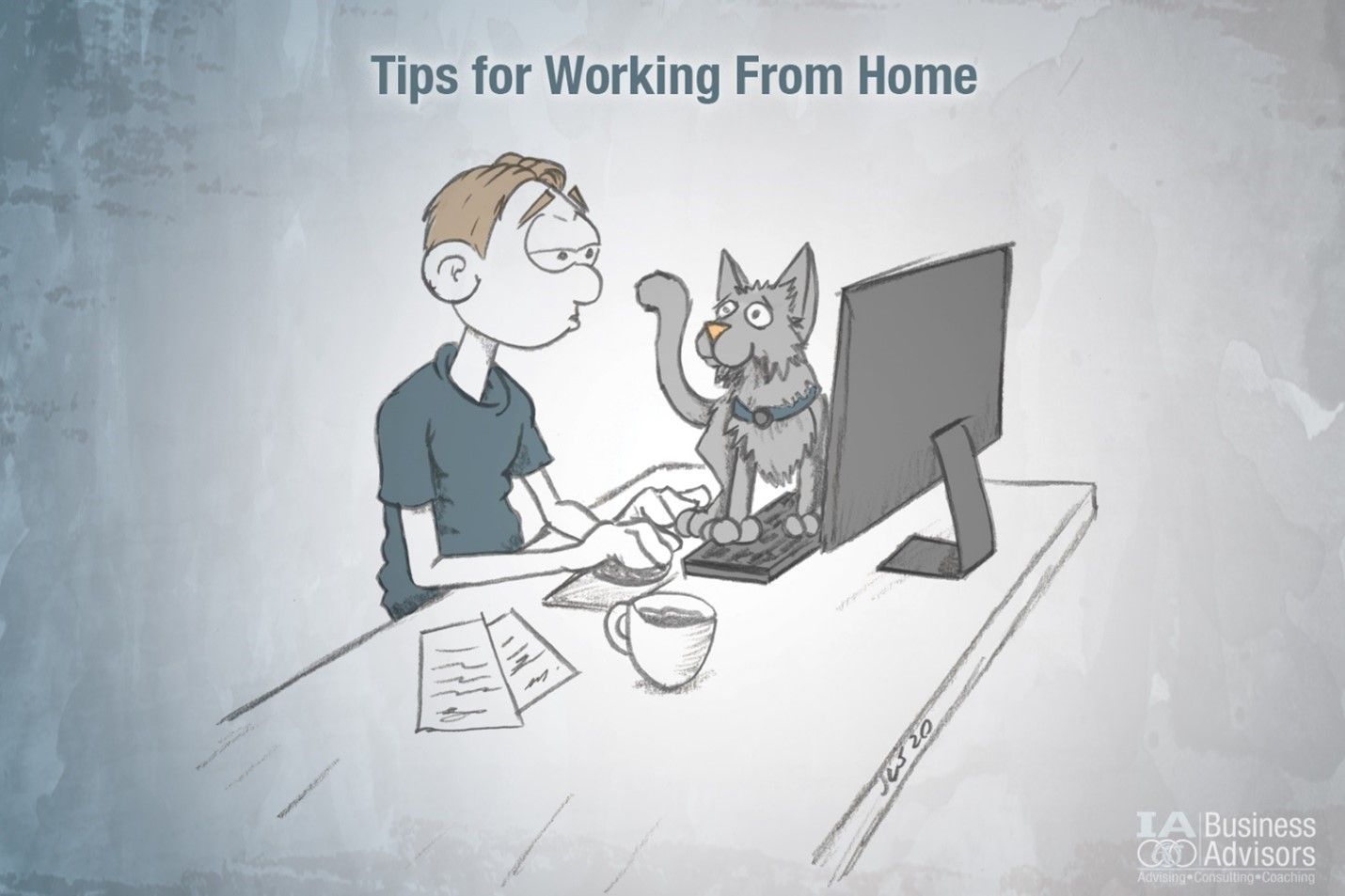Be Visible and Credible to Become Profitable

Initially, being in business for oneself is a liberating feeling – and then the work begins. I am asked day in and day out about the quickest way to become profitable in business. The short answer is usually, there is no quick way to become profitable, unless you’re very lucky. The long answer is to make yourself and your business visible to your target market and when engaged, be credible in all you do; profits will always follow. This longer answer always leads to more questions about how to be more visible, and what does being credible in business mean?
Visibility is the byproduct of a number of things. You may have worked for a company where you established a reputation for being good at whatever it is you do, and you are already highly visible to a part of your target market or at least people who may influence your target market. You may have an offering that is either popular or part of a popular trend or issue. Maybe you live in an area where reaching the market is relatively easy and you have little or no competition. Or, you may live in an area that is far removed from the market or just the opposite, full of competitors with which to set your offering apart.
Regardless of the situation, visibility is the key to begin creating credibility. To become visible in support of credibility, your message must be clear and consistent. Regardless of how or what you say or do, your message must convey a consistency each and every time it reaches your target market. Your image, message, and business practices must all be clean, clear, and efficient. People like to see other people and companies that offer product and services in a way that there are no misunderstanding in what they will get and how they will be treated. This message begins with the first impression.
Your first impression may be a business card, advertisement, or an introduction through a customer, friend, or other associate. Your business card or advertisement is an easy way to control consistency. Having a logo that leaves a lasting impression or a tag line will help keep you visible. If you’re meeting people face to face, having a consistent greeting about your company will also reinforce any message carried on print media. While uniforms aren’t required in all industries, having branded clothes can also help reinforce your company’s visibility and image.
First impressions can also have a negative impact. The manner in which you and your company treat customers and vendors and how you present yourselves when in the public eye will impart a first impression that will either help or hurt you. For example, having a branded vehicle driven in an unsafe manner can hurt a company when that behavior affects other drivers. Having an employee, or yourself, act in a way that is questionable by arguing with customers or vendors and not following through on issues, may cause people to communicate in a negative way about you or your company, thus creating a negative first impression to countless potential customers.
Once you have established your visibility and created an image that identifies consistency, you must also operate with consistency. Consistent operations when created in support of your company goals can have a long term positive impact on your firm at all levels and is the foundation for gaining and keeping credibility.
The best way to create consistency in operations is to utilize policy and procedure for all you do. Many small business people shy away from the implementation of policy and procedure, thinking such things is only needed for larger companies with many employees. I disagree. Creating a simple written policy or procedure to follow for even the most mundane and simple tasks will ensure that, when followed, the task is completed consistently each time. Carrying that practice to areas where you service customers or deal with vendors will ensure that the customer or vendor experience is also consistent. How you deal with conflict can be handled in a way that offers objective understanding to all parties, and while it may not be an outcome everyone is happy with, it is an outcome that can be defended consistently and stood behind by an owner and their organization. Similarly, having a standardized policy for people attending functions for the company or dealing with other group or public issues can help set a foundation for performance by your team at events.
Repetitive consistency creates credibility. Have you ever met someone and walked away and thought; “Wow, what a nice person”? Then, after some time you meet that person again and when they come across in the same manner you say, “Every time I see that person they are always so nice”. On other occasions, I have come across people who are nice one day and not so nice the next. Sometimes I am told they were having a bad day or I just misunderstood them. Whatever the case, the inconsistency in action caused me to question who they really were. Any action can be identified by this. You go to a restaurant and get a different level of service with each different server. You go to a movie and sometimes the theater is clean and sometimes not. You take your car to a repair facility and sometimes it’s a good experience and sometimes not.
Attaining consistency and therefore credibility is the most difficult part of going into business. We all have issues that affect us from outside our work world; the kids, our partner, finances, the weather, etc. Regardless of the outside influence, allowing these issues to affect how we interact in our work environment is the most difficult of inconsistencies to correct. We’ve all heard the saying, “It’s not how you act when times are good, it’s how you act when times are tough”. This statement goes as my personal foundation when interacting with people, and I work hard to make sure I remain consistent in word and deed.
Once you establish an image that is visible, and reinforce that image with both policy and procedure to guide your everyday actions at work, and uphold those with a consistent mannerism that supports the personality you want your company to have, you have set yourself and your company up to be profitable.
Profitability is not measured in money only. Being profitable is defined as both “making money” and “producing good or helpful results or effects”. Having a consistent image will result in a positive effect on morale within the organization. If you present a consistent impression, you will likely be invited to more functions and events. This in turn will lead to more visibility. You will make friends and create partnerships that will help you and your company in both tangible and intangible ways. By being visible and credible, you create the opportunity to be much more than financially rewarded; you create the opportunity to be truly prosperous in all you do.
What are some ways that you have become profitable through Visibility and Credibility?
© Individual Advantages, LLC. 2015
The post Be Visible and Credible to Become Profitable appeared first on IA Business Advisors.
